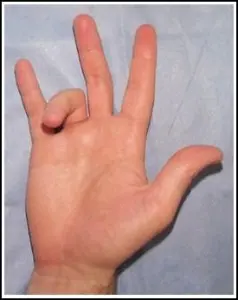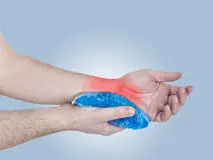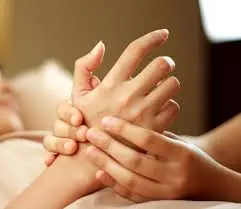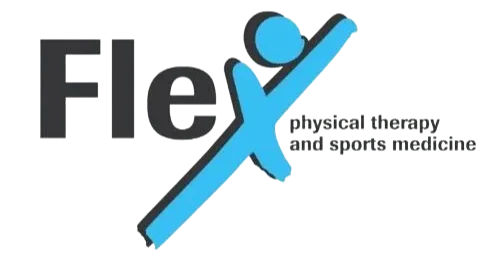
5 Tips for “Trigger Finger”
What is Trigger Finger?
We all have tendons in our hands that allow us to actively bend or straighten our fingers. The tendons that allow us to bend our fingers are located on the palm side of our hands. These tendons pass through several tunnels or “sheaths” that help keep the tendons in one place. Trigger finger can be caused by one of two ways: one, the tendon sheath becomes thickened (from a traumatic event) or, two, part of the tendon can become swollen creating a little thickened lump called a “nodule” (from manual labor). If either of these occurs, the tendon cannot glide back and forth smoothly, thus causing the finger to become “stuck”.

How do you know if you have Trigger finger?
One of the main signs of trigger finger typically includes “clicking”, “catching”, “popping”, or “locking” of the finger when trying to bend it, causing it to “get stuck”. People that have severe trigger finger are unable to actively straighten their finger and require use of their other hand to straighten it.
Additional symptoms include:
• pain and/or tenderness in the palm of the hand at the base of the affected finger
• a tender little lump (“nodule”) at the base of the affected finger
• stiffness into the affected finger
Who is more likely to get trigger finger?
You have a higher chance of getting trigger finger if:
• You are a woman
• You are between the ages of 40 and 60
• Have diabetes, rheumatoid arthritis, hypothyroidism, and/or tuberculosis
• Have Carpal Tunnel Syndrome, Dupuytren’s contracture, and/or DeQuervain’s Tendonitis
Causes of trigger finger
The cause of trigger finger is unknown; however, it is theorized that it may be related to:
• Extensive gripping (e.g. opening jars or containers, using tools)
• Performing repetitive actions/activities that strain your hands (e.g. use of hand tools, musical instruments)
• Trauma

5 Tips to Help with Trigger Finger:
1. Anti-inflammatory medications, such as Ibuprofen, Naproxen, or Diclofenac (do not combine medications – stick to one or the other and follow dosage recommendations)
2. Ice at the base of the finger (at the little lump in the palm of the hand) to help reduce the swelling. *Do not apply ice directly on your skin put place in a Ziploc bag and wrap in a paper towel.
3. Purchase an off-the-shelf finger splint to prevent your finger from bending all the way, allowing the tendon sheath time to heal. [Avoid bending your finger and having it “get stuck”]

4. Take a prolonged break for 4 to 6 weeks from activities that cause a lot of strain on the hand and fingers.
5. Periodically massage the finger where the nodule is located. This will help ease the pain. Make sure to massage sideways at the site of the lump at the base of your affected finger as this will aide in tissue repair. Massage gently.

If these home remedies don’t help resolve your symptoms/pain, additional treatments we can provide at Flex Physical Therapy include:
• 830 Laser to decrease pain and assist in healing tendons and the surrounding tissue
• Transverse friction massage
• Custom-made finger splint specially made to fit your finger
• Strengthening, of the intrinsic muscles of your hand, begins once your condition has improved and pain has decreased
If none of these treatments prove effective, your physician may choose to inject a corticosteroid (an anti-inflammatory medication) directly into the tendon sheath.
If you find that these treatments are not working and the trigger finger is negatively impacting your function or your finger is stuck in the bent position, you can decide if you want to proceed with surgery.
http://www.ipcphysicaltherapy.com/TriggerFinger.aspx
http://orthoinfo.aaos.org/topic.cfm?topic=a00024
http://howwhywhere.com/Cure-Trigger-Finger/
http://www.ericksonhandsurgery.com/patient_information/trigger_fingerthumb


